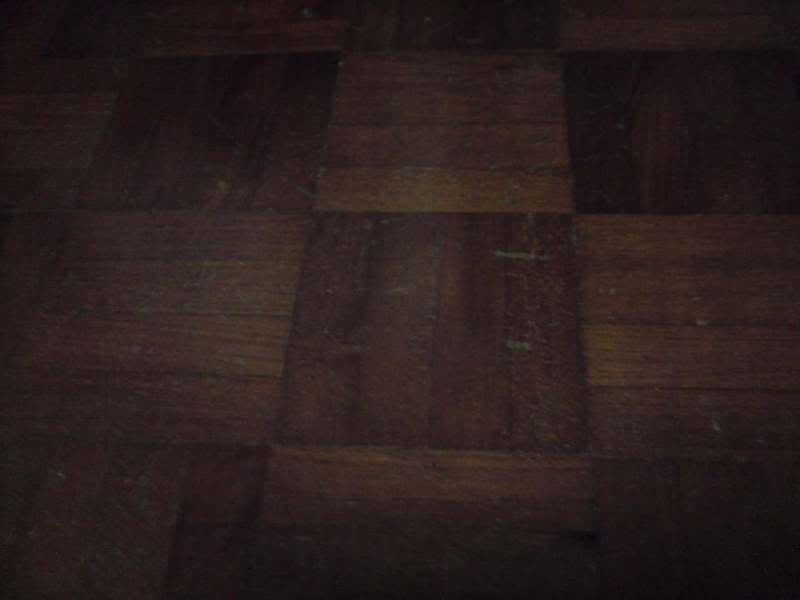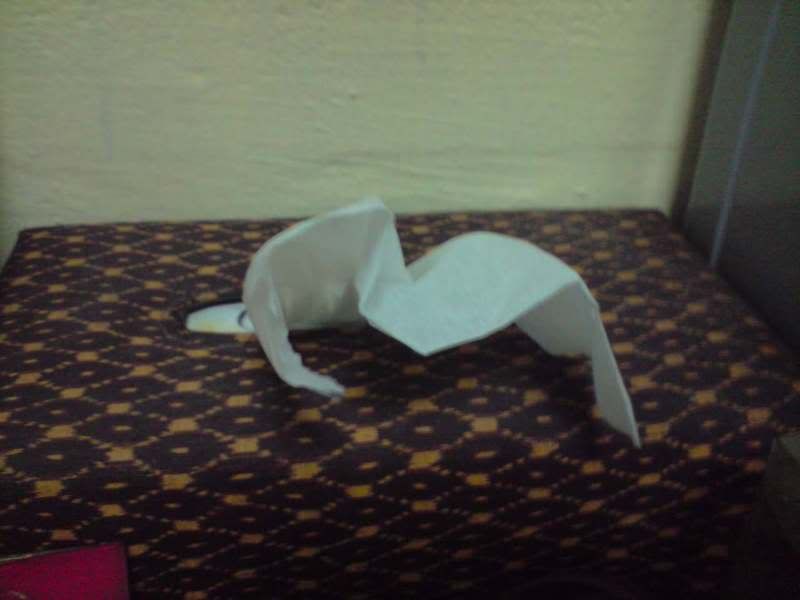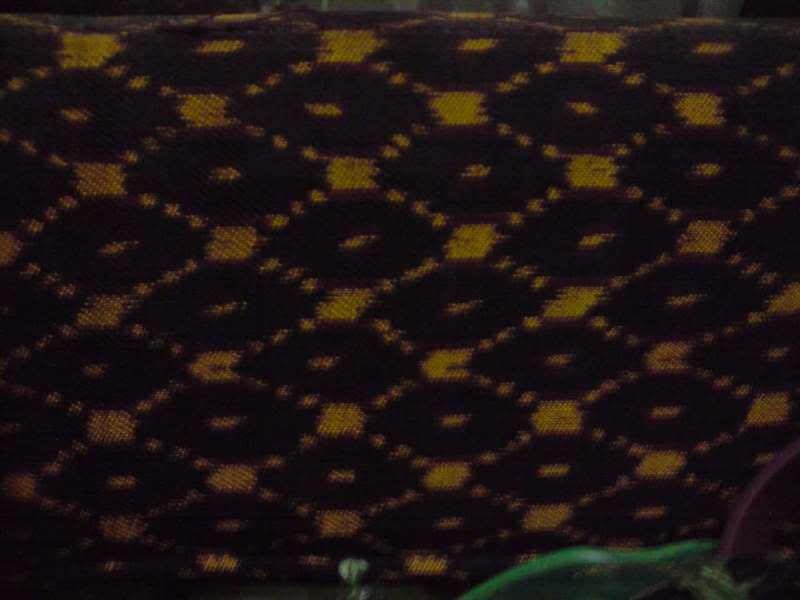On 27th January 2009, the Ministry of Education had announced a shift in its educational approach, from the current performance assessment system to a holistic assessment system (P1 – P2) so as to support learning. From our understanding, this holistic assessment is a form of alternative assessment which focuses on developmental objectives rather than judging on pupils’ ability to score.
Alternative assessment is based on providing qualitative feedbacks on skills in both academic and non academic areas. These feedbacks emphasize on individual student’s progress, strengths and areas for improvement so as to encourage further development. Some other forms of alternative assessment are as follows:
· Authentic Assessment
· Integrative Assessment
· Assessment for Learning
· Formative Assessment
Among the above mentioned assessments, we have chosen to give an example on authentic assessment . Authentic assessment allows students to explore concepts learnt in the classroom and apply it in their everyday life. Furthermore, students are able to see the purpose in learning the various mathematical concepts.
Example
Topic: Tessellation
Learning Objective: Identify the Unit Shape in a Tessellation
Activity: Students are to identify authentic objects in their house which show tessellation patterns. They are then supposed to take a photo of the objects and print the photo out. They are then supposed to identify the unit shape of the tessellation figure using a marker. These activity sheets will be filed accordingly into the students’ portfolio so that teachers can have a record of students’ performance and thereby, better understand students’ needs.
Rationale: Students will continually apply the knowledge of tessellation as they are searching for the authentic objects.
Examples of some authentic objects which our group has found.




Ways to maximise use of a blog
· Teachers share ideas on solving mathematical concepts using various heuristics
· Provide online resources in the form of website links
· Upload teaching videos
· Discussion of various alternative assessment forms to strengthen a topic’s portfolio
Conclusion
Though we have mentioned the various benefits of alternative assessment, as teachers we should understand that this system is not foolproof as of yet. Therefore we must ensure that various forms of assessment are employed to reach a optimal level of equality that will serve as a fair gauge in assessing our students.
Alternative assessment is based on providing qualitative feedbacks on skills in both academic and non academic areas. These feedbacks emphasize on individual student’s progress, strengths and areas for improvement so as to encourage further development. Some other forms of alternative assessment are as follows:
· Authentic Assessment
· Integrative Assessment
· Assessment for Learning
· Formative Assessment
Among the above mentioned assessments, we have chosen to give an example on authentic assessment . Authentic assessment allows students to explore concepts learnt in the classroom and apply it in their everyday life. Furthermore, students are able to see the purpose in learning the various mathematical concepts.
Example
Topic: Tessellation
Learning Objective: Identify the Unit Shape in a Tessellation
Activity: Students are to identify authentic objects in their house which show tessellation patterns. They are then supposed to take a photo of the objects and print the photo out. They are then supposed to identify the unit shape of the tessellation figure using a marker. These activity sheets will be filed accordingly into the students’ portfolio so that teachers can have a record of students’ performance and thereby, better understand students’ needs.
Rationale: Students will continually apply the knowledge of tessellation as they are searching for the authentic objects.
Examples of some authentic objects which our group has found.




Ways to maximise use of a blog
· Teachers share ideas on solving mathematical concepts using various heuristics
· Provide online resources in the form of website links
· Upload teaching videos
· Discussion of various alternative assessment forms to strengthen a topic’s portfolio
Conclusion
Though we have mentioned the various benefits of alternative assessment, as teachers we should understand that this system is not foolproof as of yet. Therefore we must ensure that various forms of assessment are employed to reach a optimal level of equality that will serve as a fair gauge in assessing our students.
No comments:
Post a Comment